44 reading nutrition labels for diabetics
› pharmacy › diabetes-advantedgeDiabetes AdvantEdge | Price Chopper - Market 32 Food labels have been updated, to help shoppers with information on added sugars and most current nutrient recommendations. Older labels do not have a section for “Added Sugars” – new labels will have “Added Sugars” under the carbohydrate section by January 2020. Learn more about label reading and serving sizes at the links below. Reading Food Labels When You Have Diabetes | HealthLink BC Saturated fat and trans fat are listed on the food label. The lower the number of grams, the better. Limit how much saturated and trans fat you eat. A food is considered low in saturated fat if it has 5% or less of the daily value. A food is considered high in saturated fat if it has 15% or more of the daily value.
Diabetes Food Label Reading: Quick Tips to Shop Smarter While all macronutrients are important (fat, protein, carbs), as a diabetic, the macronutrient you really need to focus on is carbohydrates. Keeping that in mind, now consider, if they remove all the fat from this food item, what did they replace the fat with in order to keep it tasting yummy?

Reading nutrition labels for diabetics
and Supplements Rooted in Science - Life Extension Get clinically-studied, premium vitamins and supplements and lab tests from the people who’ve spent 40 years passionately pursuing healthy living. How to Read Food Labels When You Are Diabetic - Diabetics Weekly This is the most important aspect of how to read food labels when you have diabetes. The total amount of carbohydrates breaks down into complex carbohydrates, sugar, and fiber. Don't hone in on zero-sugar foods, as foods like milk and fruit contain natural sugars. By the same token, make sure to watch out for foods extremely high in carbohydrates. 4 Things Diabetics Should Always Look for on Food Labels Reading food labels is a no-brainer. And, it's important for diabetes management. So, check out these 4 things diabetics should look for on food labels. 1. Carbs. Carbs can wreak havoc on the blood sugar. However, food labels often list "total carbohydrates." And that makes it difficult to determine exactly which carbs are included.
Reading nutrition labels for diabetics. Food Labels | CDC - Centers for Disease Control and Prevention If you eat the whole thing, you are eating 8 times the amount of calories, carbs, fat, etc., shown on the label. Total Carbohydrate shows you types of carbs in the food, including sugar and fiber. Choose foods with more fiber, vitamins, and minerals. Choose foods with lower calories, saturated fat, sodium, and added sugars. Avoid trans fat. Learning To Read Labels :: Diabetes Education Online The grams of total carbohydrate per serving is 30 grams. If you eat 6 pieces, that is two servings. You would be getting 60 grams of total carbohydrate (1 serving = 30 grams of total carbohydrate, 2 servings = 60 grams of total carbohydrate). Or, if you only eat one piece, then you would only get 10 grams of carbohydrate. How to read nutrition facts labels - Diabetes Care Community The Nutrition Facts table gives you information about the amount of basic or essential nutrients and calories in a certain amount of any particular packaged food. You can use this information along with the % Daily Value to compare and choose food products. Reading the ingredient list can also help you make better food choices! dtc.ucsf.edu › living-with-diabetes › diet-andUnderstanding Carbohydrates :: Diabetes Education Online When you have type 2 diabetes, your blood sugar will go up if you eat too much carbohydrate.And if you are treated with oral medications that release insulin from the pancreas, or insulin, you must match your carbohydrate intake to your medication dose.
Food Labels & Type 2 Diabetes | Level2 How to Read Food Labels When You Have Type 2 Diabetes Measurement; Nutrition; Mar. 25 2022 . Reading food labels isn't as complicated as you may think. It's especially useful when you have type 2 diabetes. ... Before being wooed by fat-free messaging, read the food label to compare carbohydrates and calories in fat-free foods vs. standard ... Reading food labels: Tips if you have diabetes - Mayo Clinic Look for foods with 3 or more grams of fiber. Put sugar-free products in their place Sugar-free doesn't mean carbohydrate-free. Sugar-free foods may play a role in your diabetes diet, but remember that it's equally important to consider carbohydrates as well. A sugar-free label means that one serving has less than 0.5 grams of sugar. How to Read Nutrition Labels When You Have Diabetes - WebMD Knowing your way around food labels is a good way to stay on track. ... How to Read a Nutrition Label for Diabetes . latest videos on Diabetes. › healthy-lifestyle › nutritionArtificial sweeteners and other sugar substitutes - Mayo Clinic Oct 08, 2020 · Food labels may use the general term "sugar alcohol" or list the specific name, such as sorbitol. Possible health benefits of sugar alcohols Like artificial sweeteners, sugar alcohols don't contribute to tooth decay and cavities, and may also help with:
Decoding Diabetes: How to Read Nutrition Labels | Accu-Chek Typically, a nutrition label will have different lines for: Total Fat, with breakdowns of both Saturated Fat and Trans Fat Cholesterol Sodium Total Carbohydrates, with breakdowns of Dietary Fiber, Sugar, and Sugar Alcohol Protein How To Read Nutrition Labels - Mayo Clinic Diet All the nutrition info — including calories — refer to the amount in one serving. 2. Check the calories in one serving 40 calories is low, 100 calories is moderate, 400 calories or more is high. Remember: If you eat multiple servings, you'll need to multiply the calories by the number of serving that you eat. 3. Check the % Daily Value Reading Food Labels When You Have Diabetes - WebMD Being able to read and understand food and nutrition labels is essential, especially for those with diabetes. WebMD explains how to interpret the Nutrition Facts label on your packaged foods. Reading Food Labels, The Most Basic Tool in Diabetes Management What are the 6 steps to reading food labels? Step 1: Examine serving sizes and calorie counts per serving. The serving size determines all of the information on a food label. Keep in mind that one serving may be significantly smaller than you believe. For example, if you eat two portions, you've consumed twice as many calories, fat, and salt.
› en-us › healthMSN Health – Workouts, nutrition, expert advice & more MSN Health is a leading fitness, wellness, and nutrition resource, with medically reviewed guides, health management tools, and content from respected sources.
4 Things Diabetics Should Always Look for on Food Labels Reading food labels is a no-brainer. And, it's important for diabetes management. So, check out these 4 things diabetics should look for on food labels. 1. Carbs. Carbs can wreak havoc on the blood sugar. However, food labels often list "total carbohydrates." And that makes it difficult to determine exactly which carbs are included.
How to Read Food Labels When You Are Diabetic - Diabetics Weekly This is the most important aspect of how to read food labels when you have diabetes. The total amount of carbohydrates breaks down into complex carbohydrates, sugar, and fiber. Don't hone in on zero-sugar foods, as foods like milk and fruit contain natural sugars. By the same token, make sure to watch out for foods extremely high in carbohydrates.
and Supplements Rooted in Science - Life Extension Get clinically-studied, premium vitamins and supplements and lab tests from the people who’ve spent 40 years passionately pursuing healthy living.
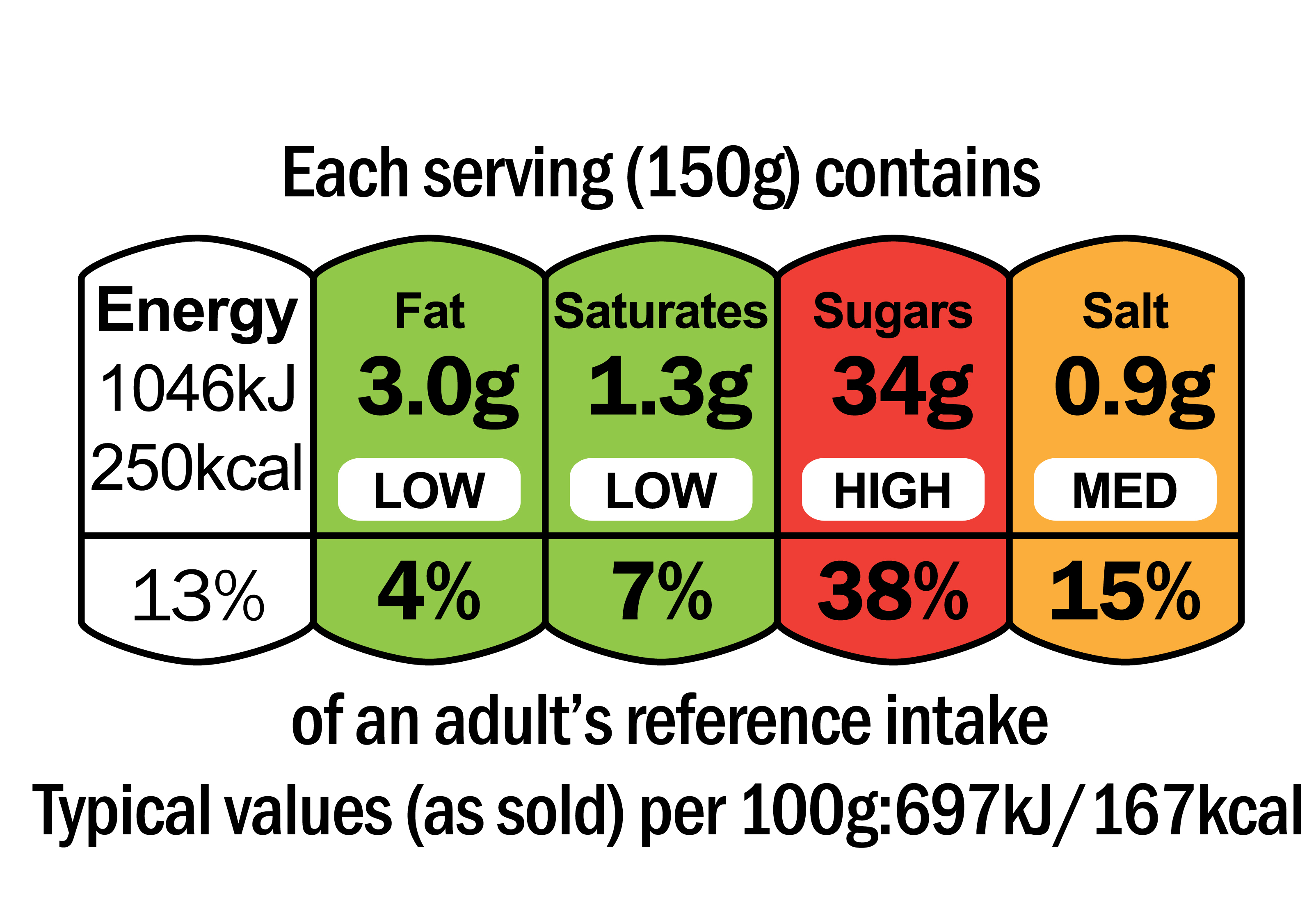
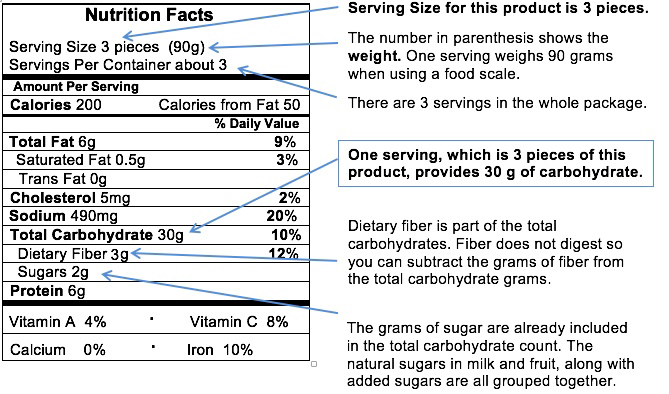
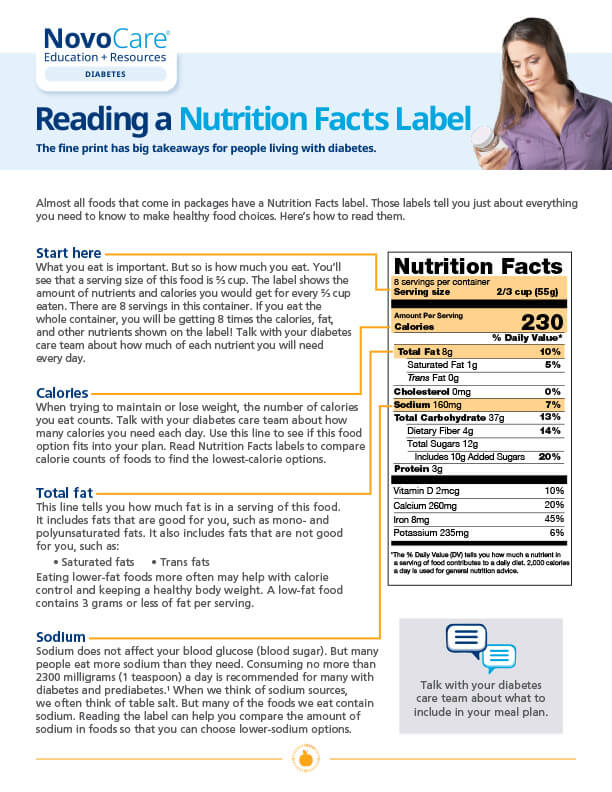

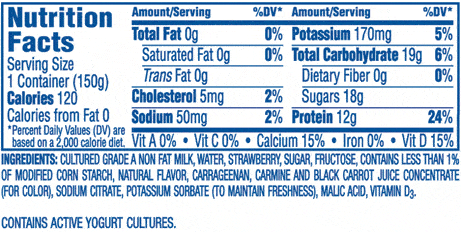
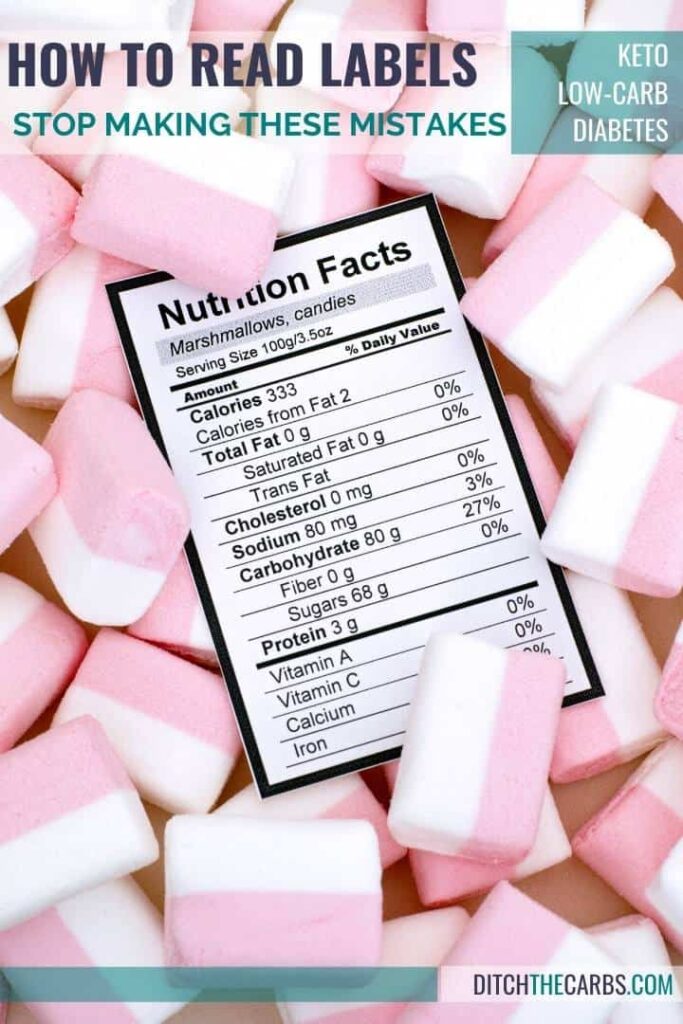



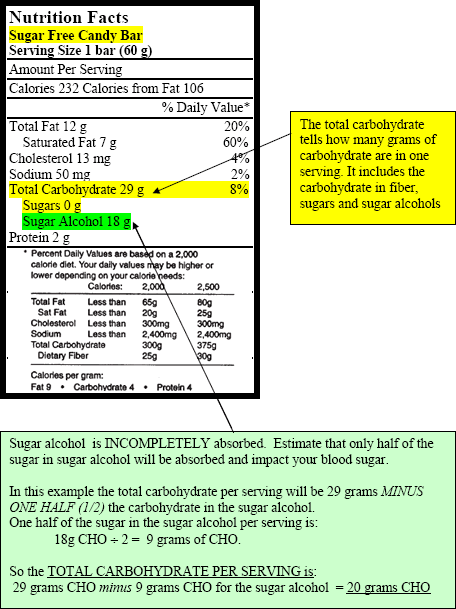

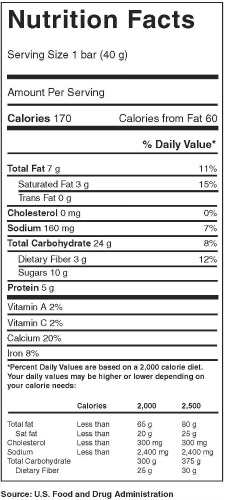
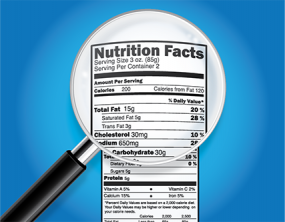
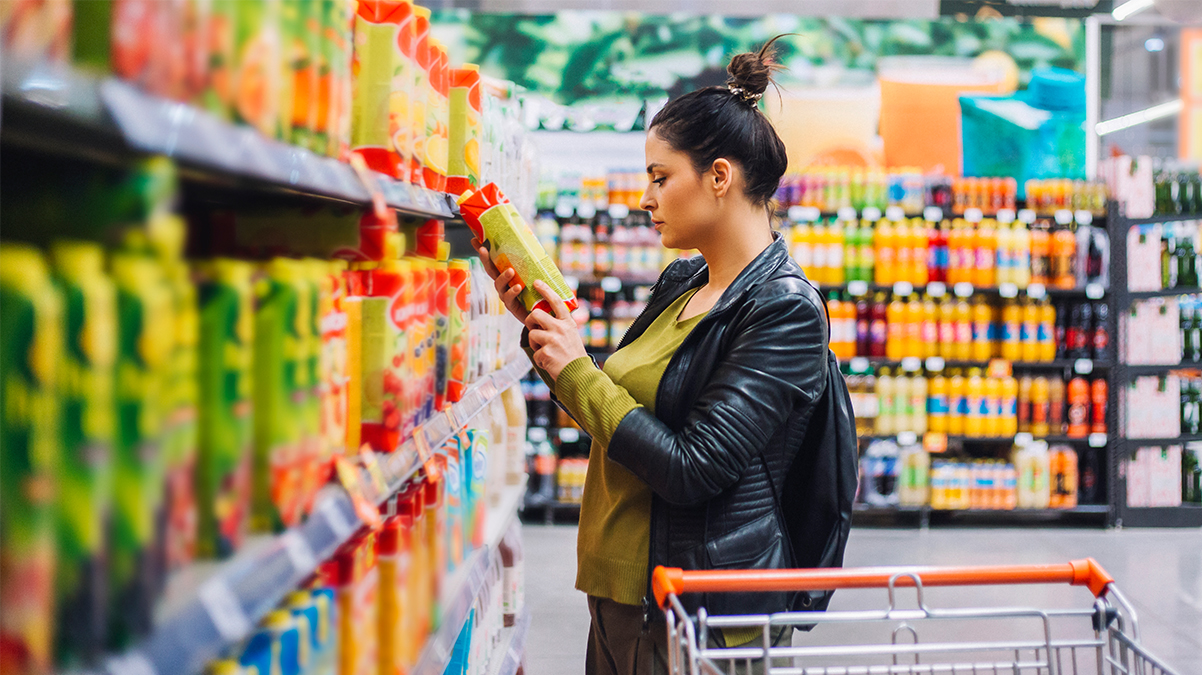

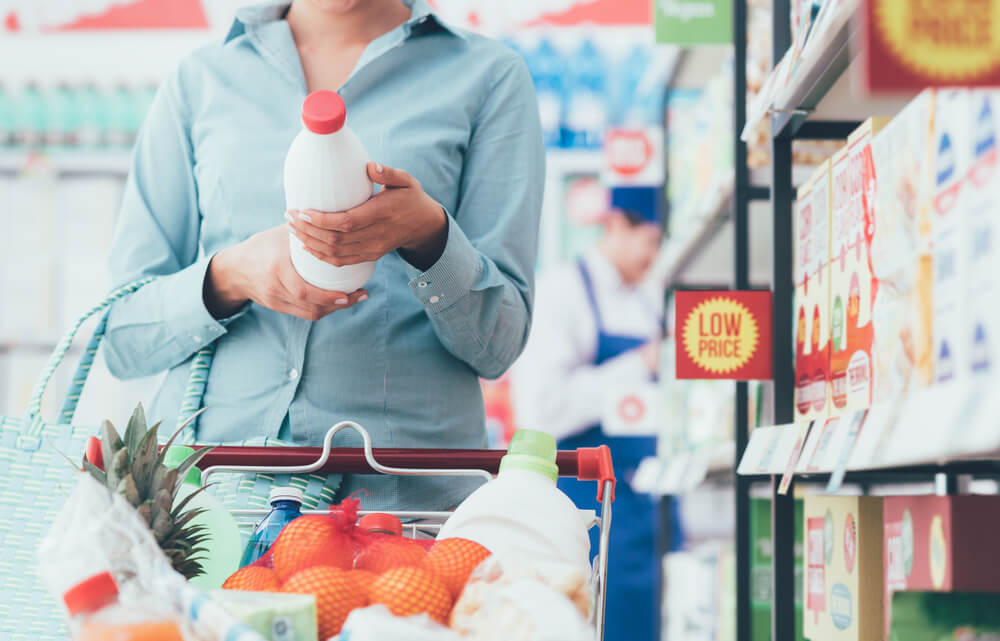





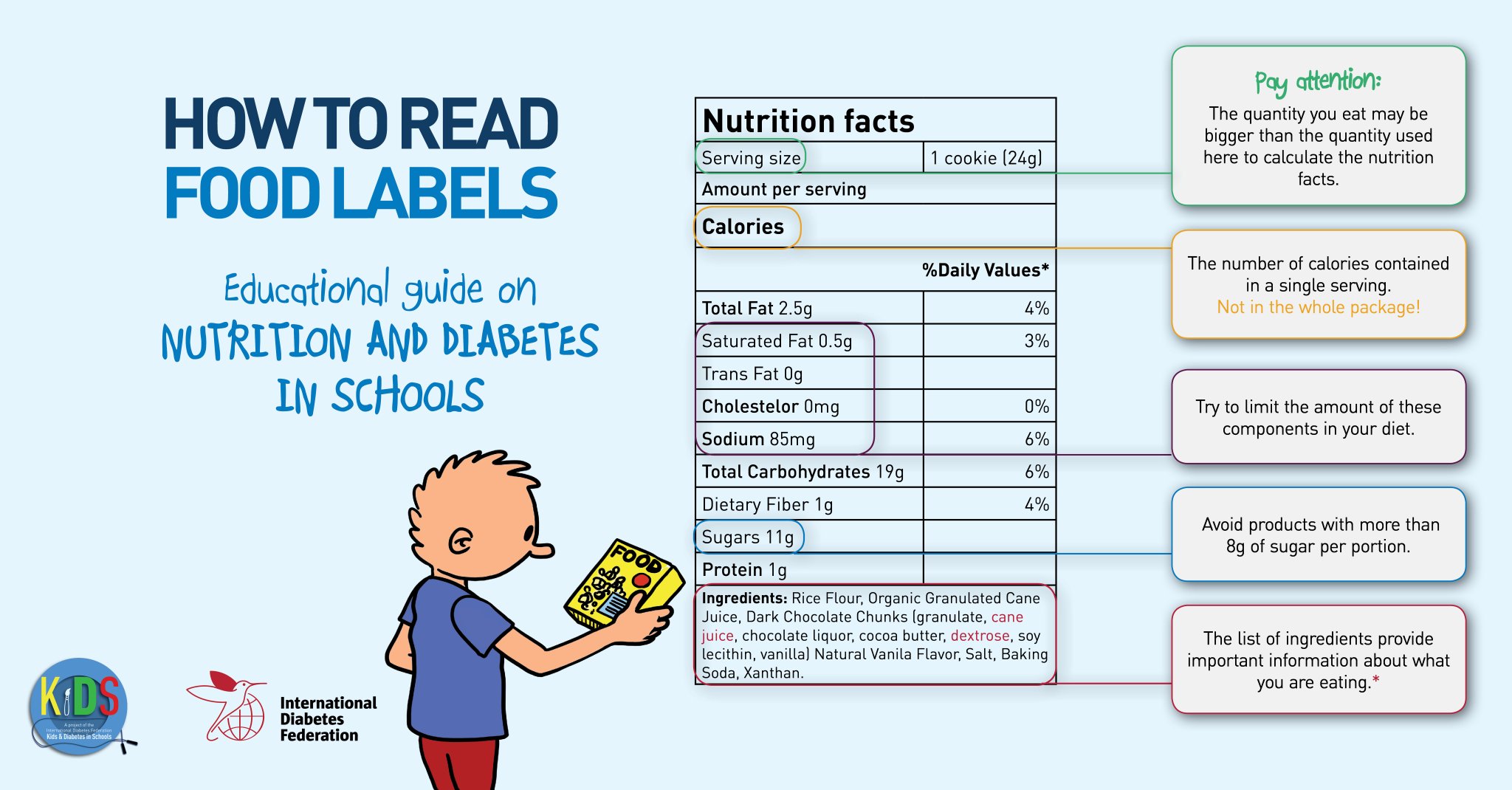

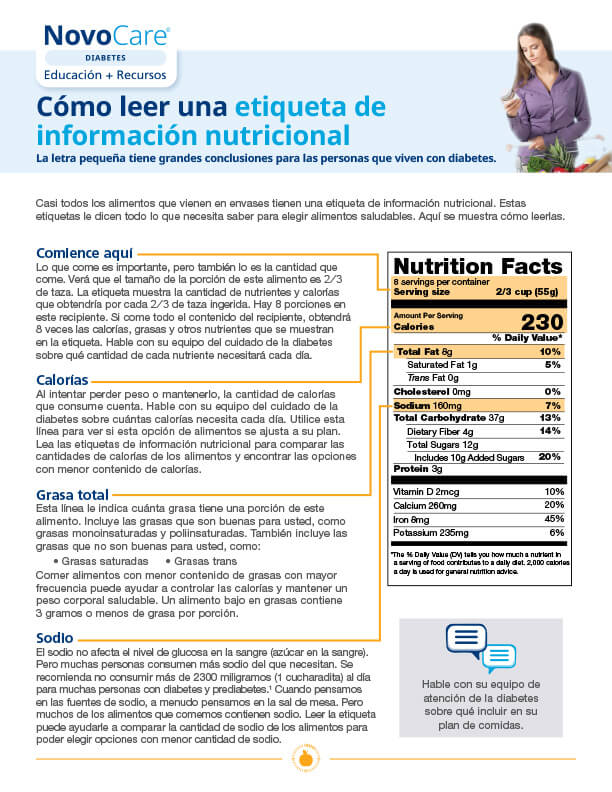


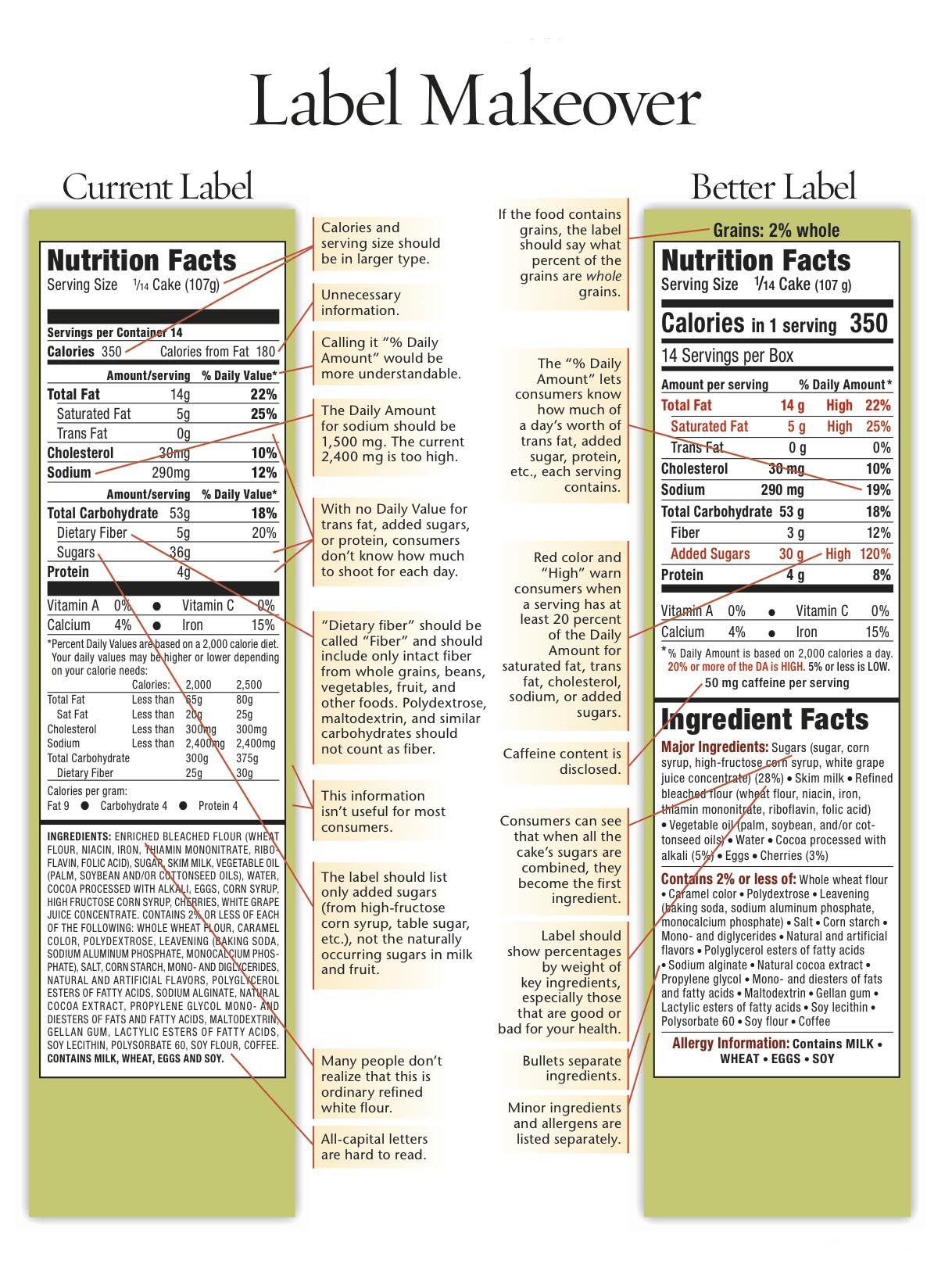


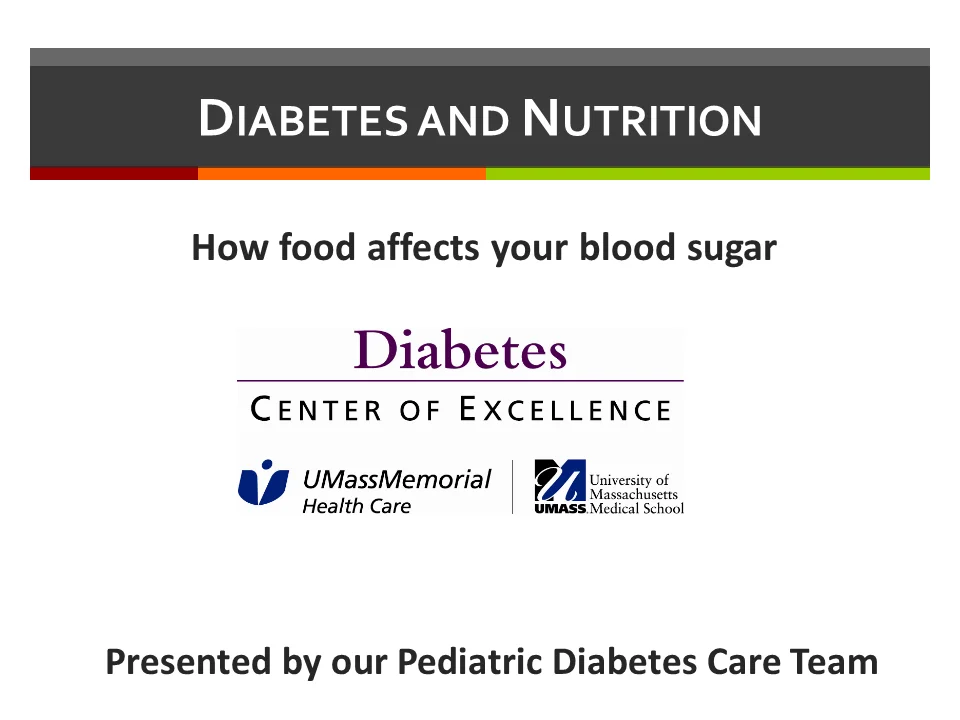



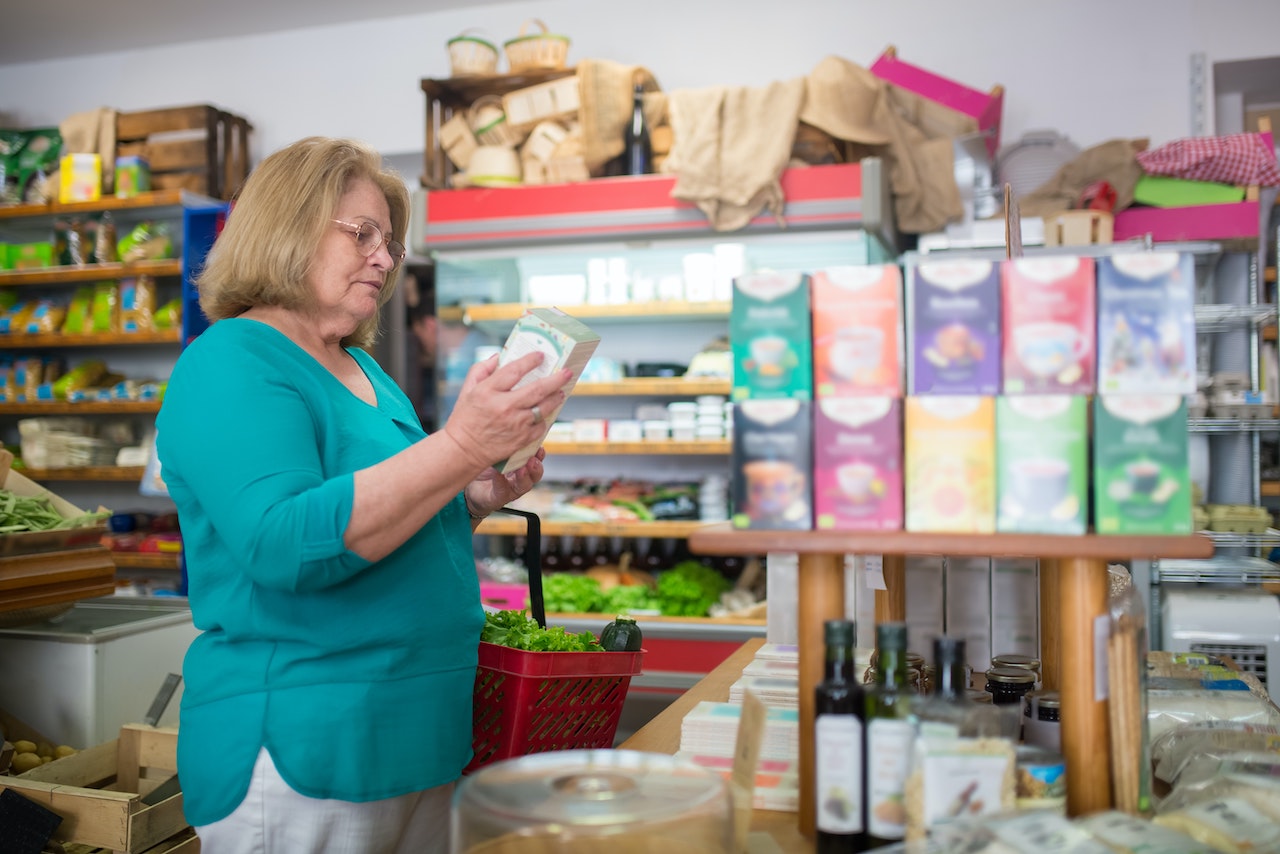


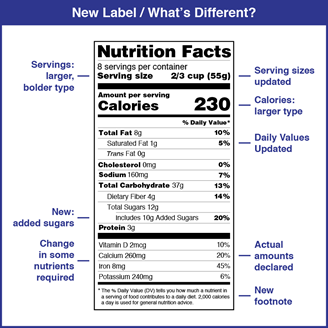
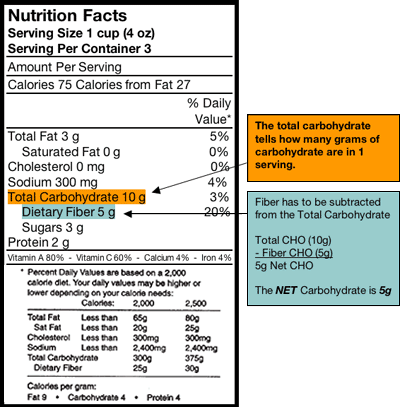
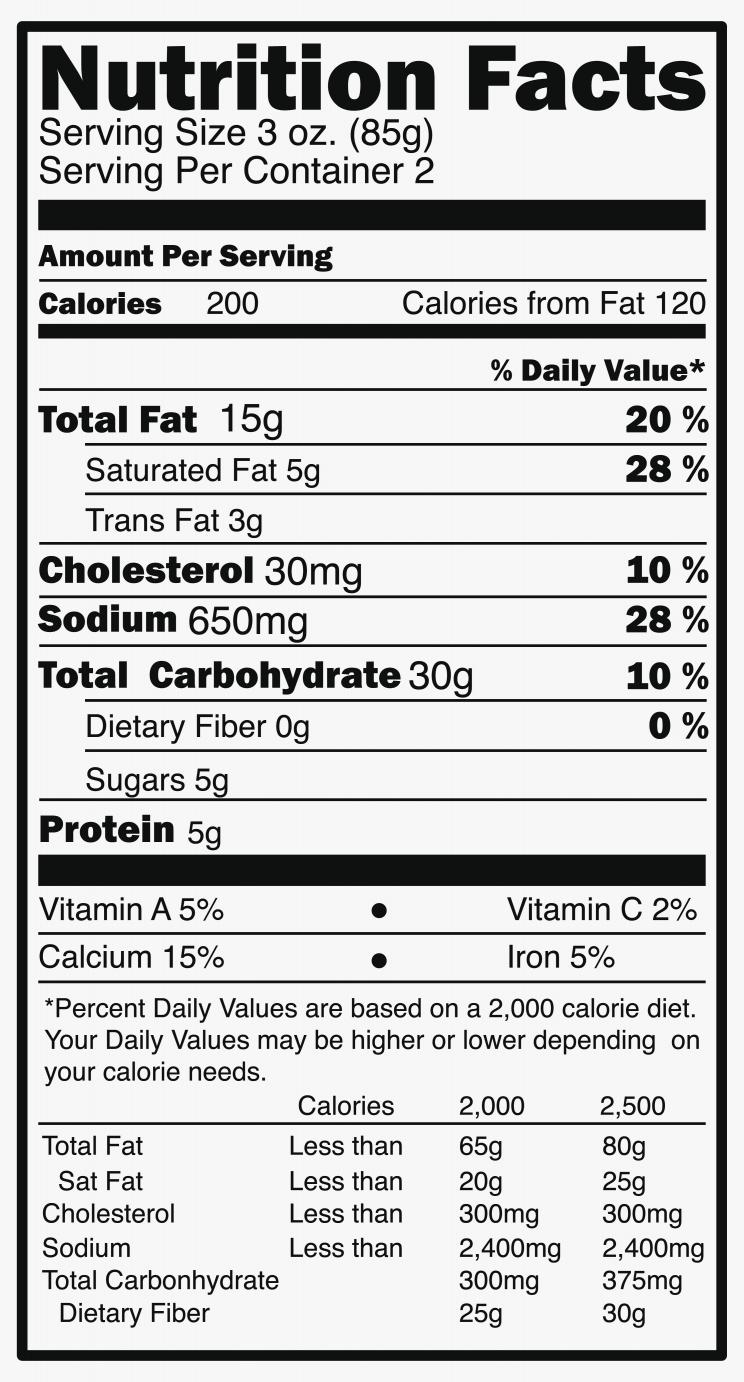
Post a Comment for "44 reading nutrition labels for diabetics"